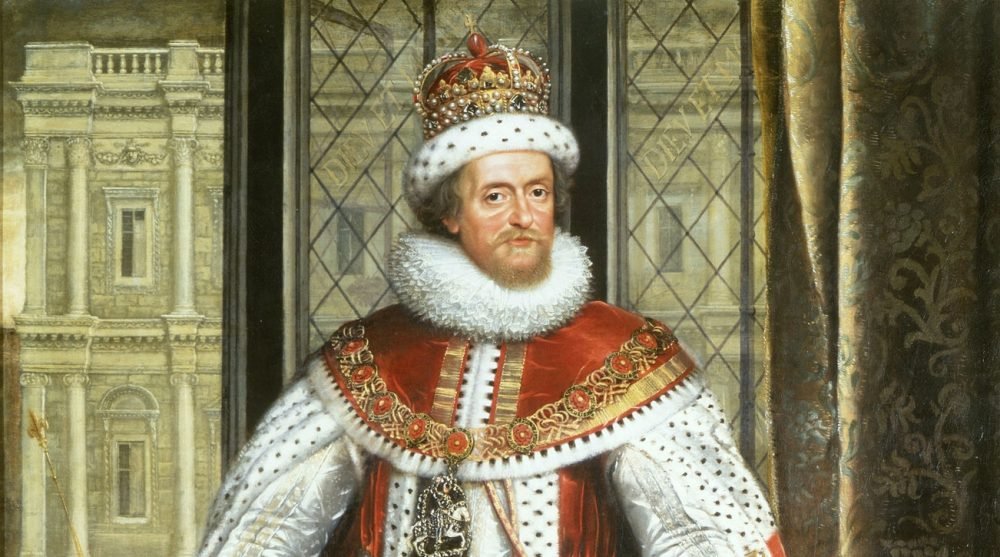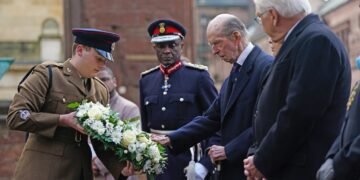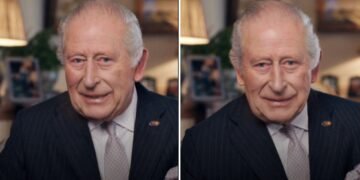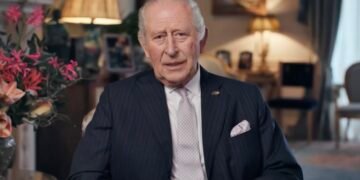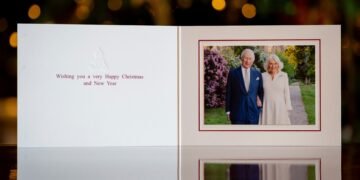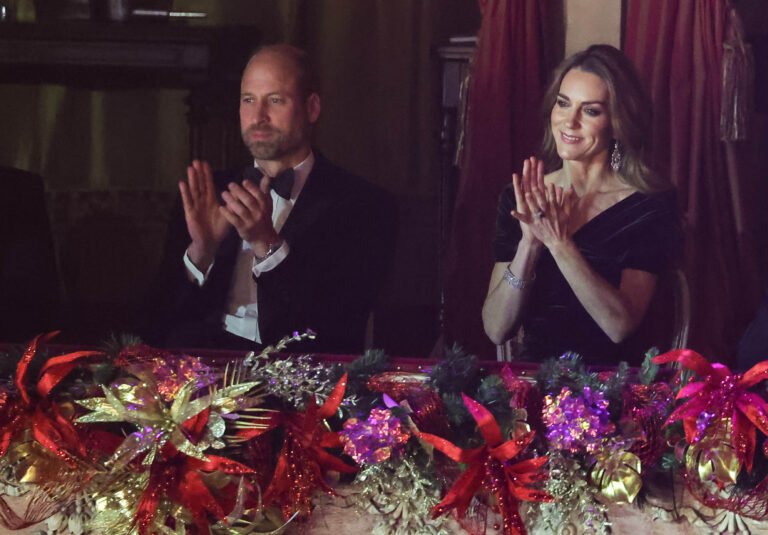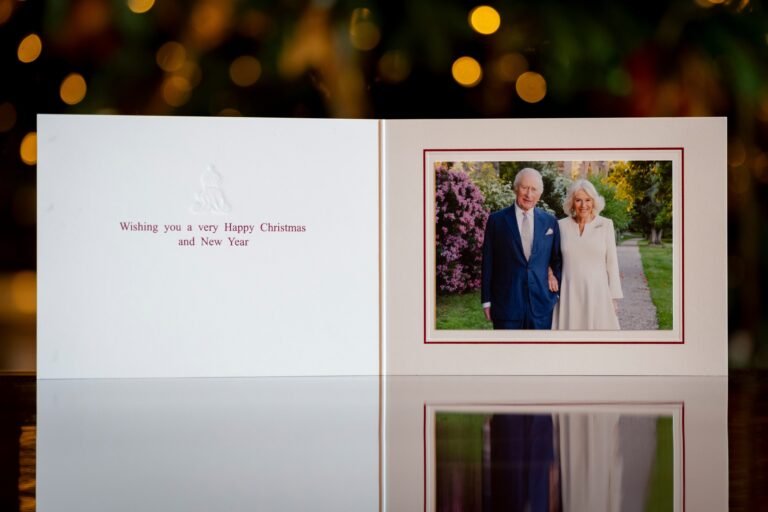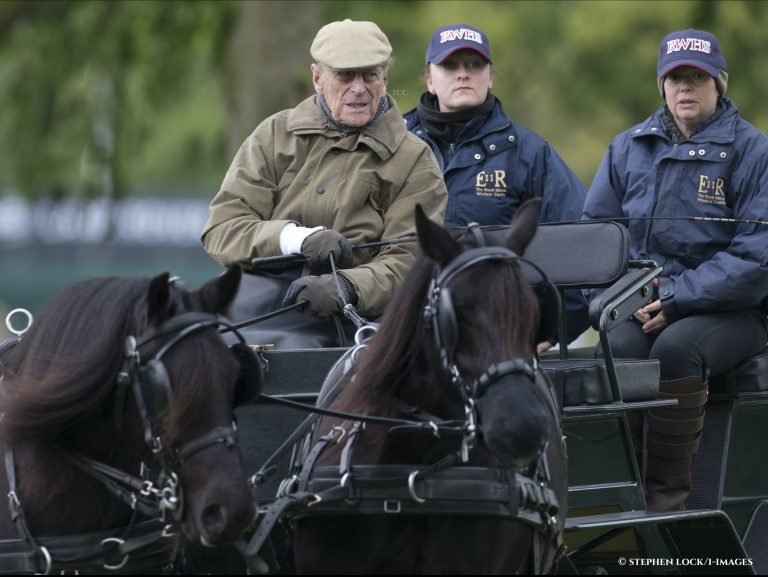James I is often overlooked in discussions of British Monarchs, his reign overshadowed by the Tudors before him and the dramatic Civil War his son unleashed on the nation that followed.
However, James was an intelligent and highly educated King whose intellectual interests and pursuits left a lasting impact on Britain – and some of the western world – today. His love of debate, deep engagement with religious and philosophical issues, and his linguistic prowess all contributed to this legacy. We take a look at these forgotten elements of the first Stuart King in England.

A scholar from the start
Born in 1567, James was the only son of Mary, Queen of Scots, and Henry Stuart, Lord Darnley. His childhood was shaped by the turbulent politics of Scotland, and he was separated from his mother at a young age when Mary was forced to abdicate in 1567, fleeing to England.
James was crowned King of Scotland at only 13 months old, and was raised under the guidance of strict Protestant tutors, notably George Buchanan, one of the leading scholars of the time. Buchanan’s rigorous education instilled in James a deep love of learning, debate, and theology – though also fear thanks to his strict disciplinary style.
James was exceptionally well-educated; fluent in Latin, Greek, French, and Scots, he also had a strong grasp of English and Spanish. While languages were the mark of the upper classes, and indeed nothing especially notable for a Royal, his linguistic skills allowed him to engage with European intellectuals, diplomats, and theologians on equal terms, which not many others could do.
He once said if he were not King he would like to have been a ‘university man’.
The King’s passion for learning extended beyond only academic study – he actively engaged in religious and philosophical debates and saw himself as a philosopher. His writing even instigating one of the most terrifying periods of history: that of the witch hunts.
In the early years of his reign in particular, James was able to pursue all of these interests thanks to the strong leadership of a first minister, namely Robert Cecil who had served under Elizabeth I. A vacuum after his death however, meant James handed over the reins to whoever was willing in his trusted circle – usually a favourite young man who had caught the King’s eye.
A lasting religious legacy to his passion for discourse
James was not a passive ruler when it came to theological and philosophical matters: he relished intellectual discussion and frequently engaged in debates on religion, governance, and philosophy. He wrote extensively on these topics, producing his own works such as The True Law of Free Monarchies (1597) and Basilikon Doron (‘Royal Gift’, 1598), arguing the theological basis for Monarchy under the Divine Right of Kings, and the latter a practical guide to kingship for his son Prince Henry, aged four at the time, who died prematurely in 1612.
James’ love of religious debate was evident in the Hampton Court Conference, and his ability to navigate theological discussions.
One of the Scot’s most enduring legacies is the King James Bible, commissioned in 1604 and completed in 1611. While James did not personally translate the text, his role in overseeing and approving the translation process for a new version of the holy text into English was pivotal.

He convened a group of leading scholars and theologians at the Hampton Court Conference on 1604, in order to meet with religious leaders and minds including Puritans, those who believed the Reformation had not gone far enough to remove traces of Catholicism within the Church of England. James did said he was unwilling to ‘tamper’ with things that were ‘well settled already’ but organising such an event to even consider changes was a big step – nonconformists to the religious preference of the day had faced continual (but varying) degrees of intolerance and oppression since the Reformation began under Henry VIII.
The conference had been called following requests for religious reform in the Millenary Petition, so called because it was claimed there were the signatures of 1000 Puritan ministers behind it. This petition was presented to James on his way down from Scotland to take the throne, his reputation for broadminded religious tolerance preceding him. It included rejections of the use of wedding rings, the sign of the cross during baptisms and the rite of confirmation, considering them too Catholic.
Indeed, the conference resulted in some minor changes to the Book of Common prayer, but its primary outcome was the commissioning of the King James Bible.
The King sought to create a version of the Bible that would be acceptable to both Anglican and Puritan factions of the Church of England – importantly, in English. This came from his desire to not only debate religious philosophy as the new King, but show his open-mindedness. The result was a text that combined linguistic elegance with doctrinal compromise, ensuring its widespread use for centuries.
The King James Bible remains one of the most influential translations of the Bible in the English-speaking world – and is still a best seller. There are elements of phrasing still be seen in modern speech and writing, such has the book become part of everyday society. James’ commitment to the project was not just a political move but also an intellectual endeavour: he believed in the power of language and scripture to unite his Kingdom, further demonstrating his understanding of both theology and statecraft. The nation that prays together, stays together.
A patron and proponent of all kinds
He also took an active interest in the intellectual movements of his time, engaging with European scholars and correspondents. His patronage extended to writers, scientists, and philosophers, and he supported figures such as Francis Bacon, whose work laid the foundation for the scientific method.
The King himself was a poet, and seen as a leader of a small groups of Scots poets known as the ‘Castalian Band’, supporting poetry and music based on Renaissance principles, and he funded Sir Walter Raleigh’s expedition to south America, in search of the infamous El Dorado.
Of course, it was during James’ reign that some of England’s best known literary figures came to the fore, such as Ben Jonson and William Shakespeare, being a patron of theatre, as well as the masque. Masques were extravagant costumed performances, featuring poetry, propaganda, and dancing. After his new Banqueting House burned down in 1618, James commissioned Inigo Jones to create another so that the royal couple could continue to enjoy these masques.

The peacemaker King
It is arguable that James’ desire for peace was influence by from his youth; the many attempts on his life gave him an aversion to violence, indeed even banning duelling at court. But it is equally plausible that he saw that as his true calling as King, to create in the real world that ideal state where men might live in Christian fellowship and bridge the gap between Protestants and Catholics.
Beati Pacifici (Blessed are the peacemakers) was his personal motto, while Rex Pacificus (King of peace) was a moniker he seems to have valued above all others, and an idea he promoted throughout his life, though was contentious with many.
Right at the start of his English reign, James made peace with the Spanish, with whom the nation had been at war for almost 20 years. This was a popular move, given taxation had to fund the war.
Less popular, but still fuelled by a desire for avoiding war, was a match with a Catholic Princess for his heir, Prince Charles. This had long been a desire for the King, bringing both denominations together and securing an ally on the continent. For years the focus had been Spain for such a bride, but it became clear the promises were not sincere, the process having dragged out for a decade as James came to the close of his life.

Eventually, shortly after James’ death, Charles married a French princess, Henrietta Maria, much to the chagrin of Parliament and the nation, who desired a more appropriate Protestant marriage.
As the 30 Years’ War broke out on the continent, James – as one of the most powerful Protestant rulers of the day – refused to declare for a side or fight for his denomination. This is in spite of his daughter being embroiled in the conflict.
Elizabeth and her husband, Frederick were the tinderbox to this conflict, as leaders of the Protestant Union of nations. They unwisely accepted the offer of the Bohemian throne, which deposed a Habsburg King and future Holy Roman Emperor, in 1619. When the Habsburgs took back Bohemia through force, the couple had to flee, being unable to return home to the Palatinate (Germany) as it had also been occupied by the now-Emperor’s allies in the Catholic League of nations.
While James offered sympathy for their fleeing of Bohemia, it was only the occupation of the Palatinate that spurred him to action. James had advised Frederick not to accept the offer, but more importantly, a King must not let another King’s legitimate land be taken, order must be restored – he must not equally support the taking of another’s crown unlawfully.
He did however recall Parliament shortly after, which he had not done for years, and asked for funds to support his son-in-law. This was truly the last resort for James.
A forward-thinking Monarch
James’ vision of a unified Britain was a century ahead of its time. He strongly believed in the idea of a single kingdom encompassing England and Scotland, referring to himself as the ‘King of Great Britain’ long before the official union was achieved by his great-granddaughter, Queen Anne. He was after all, King of both nations, why would they not use the same legal and political systems, the same money?
His proposals, however, were met with resistance, given the differences of north vs south and neither side willing to concede their traditions for the other. Yet these ideaes laid the groundwork for future discussions that ultimately led to the Act of Union in 1707. James’ ability to think beyond his own reign and push for long-term unity underscores his strategic foresight as a ruler.

James I may not have the same recognition as some of Britain’s more famous rulers, but his legacy is undeniable. The King James Bible, his intellectual pursuits, and his vision for Britain still resonate today. He was a thinker as much as a ruler, and it is time he was recognised as such.
Sources and further reading:
- Morgan, John. “Henry Jacob, James I, and Religious Reform, 1603–1609: From Hampton Court to Reason-of-State.” Church History, vol. 86, no. 3, 2017, pp. 695–727. JSTOR, https://www.jstor.org/stable/26784793.
-
Collinson, P. (1983). The Jacobean Religious Settlement: The Hampton Court Conference. In: Tomlinson, H. (eds) Before the English Civil War. Palgrave, London. https://doi.org/10.1007/978-1-349-17308-2_3.
-
Collinson, Patrick. “The Jacobean Religious Settlement: The Hampton Court Conference.” Before the English Civil War, 1983, pp. 27–51. https://doi.org/10.1007/978-1-349-17308-2_3.

